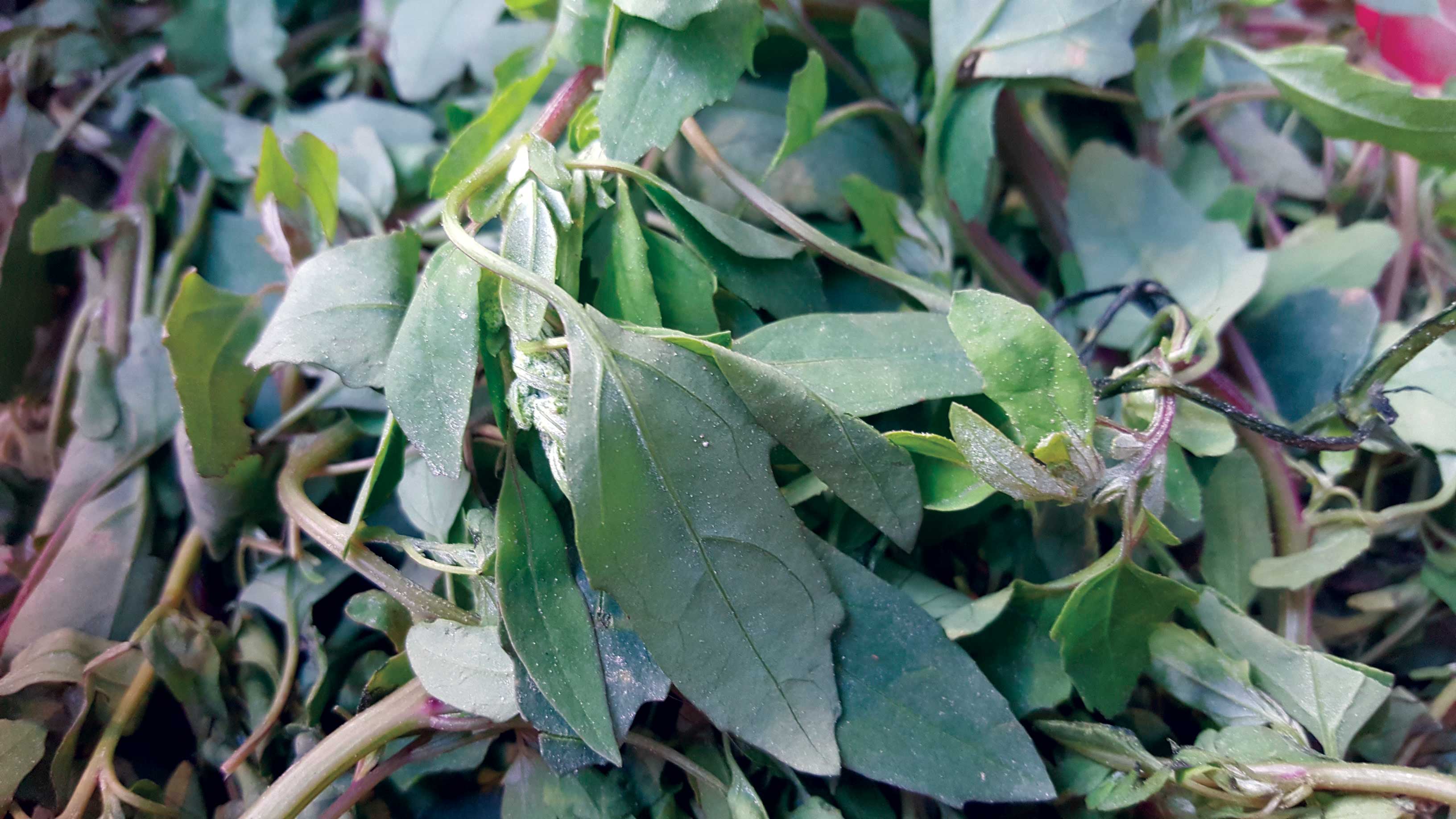
Each of the diverse traditions existing within Nepali culture has a unique story to tell. One among these is the Ghantu dance. An indigenous folk dance of the Gandaki region in west Nepal, it is one of the major dances of ethnic groups like Gurung, Magar and Kumal.
If you have seen the Ghantu dance being performed on various cultural shows, you should know that these are just urbanized forms of the original. Known as ‘Barha Maase Ghantu’, this dance is performed by singing folk songs. The only similarity between the authentic Ghantu dance and Barha Maase Ghantu is perhaps the attire and a few dance steps. The real Ghantu dance that is performed during Janai Purnima is much more exciting. According to prevailing belief, back when Nepal was ruled by various kings, there once lived a king named Parasar and his wife Ambawati. They lived a fairy tale life until one day, the king had to go to fight a war. Promising his beloved wife that he would return soon, Parasar marched towards the battlefield. Unfortunately, he was killed in battle. When the sad news reached his wife, she refused to believe it. Even on seeing her husband’s lifeless body, she refused to accept the bitter truth. She eventually burnt herself on the funeral pyre. Some days later, the spirits of the king and queen appeared in the dreams of some old Magar people instructing them to initiate the Ghantu dance. These visions further informed the people that the couple would enter the body of the Ghantu dancers every year. Soon after, the Ghantu dance was born.
The word Ghantu is believed to derive from the Nepali word ‘ghat’ meaning ‘cremation ground’. The Ghantu dance and songs are folk-based and follow the lyrics of the songs. These dances are not rehearsed but are completely spontaneous. It is believed that only a girl with a pure soul is given the opportunity to perform. The instruments used are folk instruments like madal and mujura. A special crown made of China berry or Persian bead flower, found abundantly during that period, is worn during the dance.
On the first day, the religious guru, who is also the singer, performs various rituals along with some women participants. During this process, only those girls whose souls are overpowered by the spirits of King Parasar and Queen Ambawati are chosen to dance. The girls are divided into two groups: those who are possessed by the king and those by the queen. The guru must then transfer the spirits into pieces of cloth with tantric chants. The cloths are then tied on the girls’ foreheads after which they begin to perform the Ghantu dance in a trancelike state. Some of their actions imitate the daily functions of King Parasar and Queen Ambawati. At the end, the guru brings back the girls to their normal state. The first day ends. Another day, before performing the dance, the guru once again ties the cloth around the girls’ foreheads. And like the previous time, the spirits of the king and queen enter them and the dance begins. Each day, a version of the legend is performed. The last day of the dance is the most thrilling as it re-enacts the moment of Ambawati’s death; the dancers in the end suddenly seem to lose their breath and fall to the ground. This phase is known as Sati Ghantu. It is then up to the guru to revive them through his tantric powers. The guru then sings and performs farewell rituals requesting the souls of the king and queen to leave and come back again the following year. In this way, the nine-day long dance ends, and is followed by a grand feast.
“We lack Ghantu gurus. Most people do not have the courage to become a guru and risk the dancers’ lives. And without a Ghantu guru, it is impossible to perform the authentic Ghantu dance.” says Subi Shah, researcher of Nepali folk dances. Due to the involvement of tantric rituals, the Ghantu dance is slowly heading towards extinction. The guru must be well versed in all the rituals involved. Many priests do not dare take part out of fear that they
might not be able to revive the girls.










